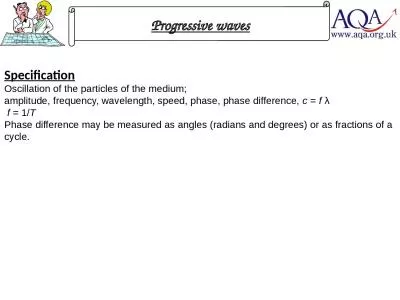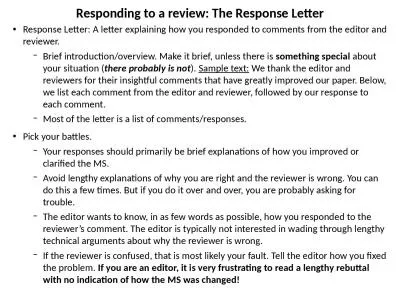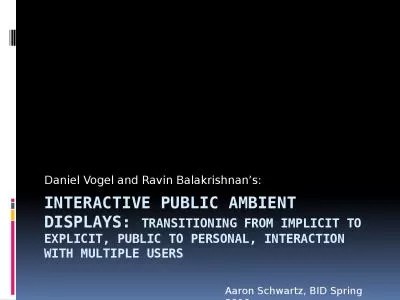PDF-Response to Interactive comment on Influence of wave phase difference between su
Author : tatiana-dople | Published Date : 2014-10-03
We have incorporated all of your comments in the revised manuscript We respond below in blue to your comments itembyitem General comments This paper gives so me
Presentation Embed Code
Download Presentation
Download Presentation The PPT/PDF document "Response to Interactive comment on Influ..." is the property of its rightful owner. Permission is granted to download and print the materials on this website for personal, non-commercial use only, and to display it on your personal computer provided you do not modify the materials and that you retain all copyright notices contained in the materials. By downloading content from our website, you accept the terms of this agreement.
Response to Interactive comment on Influence of wave phase difference between su: Transcript
Download Rules Of Document
"Response to Interactive comment on Influence of wave phase difference between su"The content belongs to its owner. You may download and print it for personal use, without modification, and keep all copyright notices. By downloading, you agree to these terms.
Related Documents

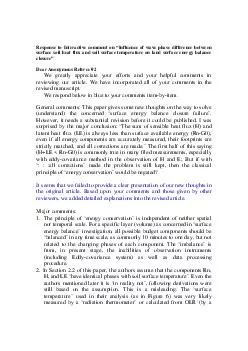
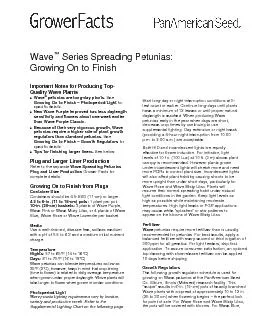

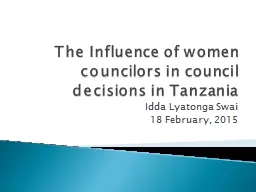
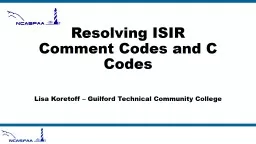

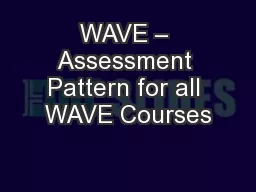
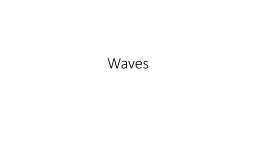
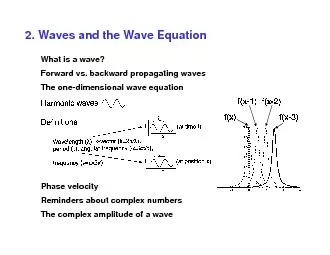

![[DOWNLOAD] - Carson Dellosa | Science Interactive Notebook | 4th Grade, 96pgs (Interactive](https://thumbs.docslides.com/900941/download-carson-dellosa-science-interactive-notebook-4th-grade-96pgs-interactive-notebooks.jpg)
